
OM System OM-1 Mark II vs OM-1 – Which is Better?
The OM System OM-1 Mark II was first announced on 30th January 2024 as a flagship Micro Four Thirds sensor mirrorless camera.
Now that we know everything about the new OM-1 II camera, it’s clear that it actually shares a lot of the core specifications and features of the original 2 -year-old OM-1 model, so which one should you pick?
We’re bringing you this in-depth OM System OM-1 Mark II vs OM-1 head-to-head comparison to help you choose between these two mirrorless cameras.
You can also read our detailed OM System OM-1 Review to find out exactly what we think of that camera.
Sensor
Both cameras have exactly the same 20 megapixel Micro Four Thirds Stacked BSI Live MOS sensor and TruePic X image processor, so the new OM-1 Mark II doesn’t offer any increase in resolution, which may not please some.
Both models use a Stacked BSI sensor, a design that several full-frame cameras also use, notably the Canon EOS R3, Nikon Z8 / 9 and Sony Alpha A1 / A7 II.
It offers a claimed improvement in image quality compared to a conventional CMOS sensor thanks to the sensor also being BackSide Illuminated (BSI).
These technologies should improve the image quality, increase the imaging speed for faster burst shooting, and enhance the low-light-imaging capability.
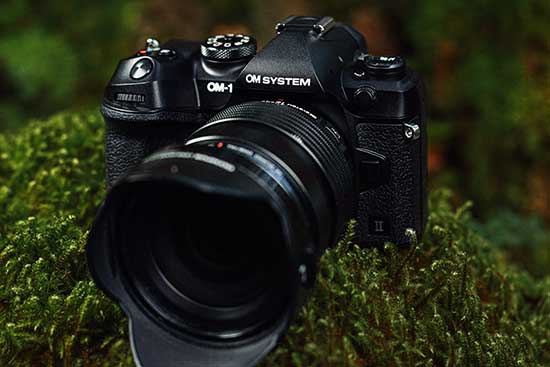
Burst Shooting
The original OM-1 is capable of shooting at an impressive 50fps burst shooting with continuous AF/AE or 120fps without, making it one of the fastest, if not the fastest, cameras on the market.
Equipped with expanded buffer memory, the OM-1 Mark II can capture approximately 219 frames in JPEG format or 213 frames in RAW shooting at approximately 120fps, a dramatic improvement in high-speed shooting capability from the OM-1’s approximately 92 frames each.
The Mark II also allows retrospective capture of approximately 99 frames in Pro Capture mode, an increase from the predecessor OM-1’s 70 frames.
The AF/AE tracking high-speed sequential shooting (SH2) settings now include options for 12.5 fps and 16.7 fps.
Note that on both cameras, those impressive speeds are only achievable when using the electronic shutter. If you want to use the mechanical shutter. you’re more limited to a still very rapid 18fps.
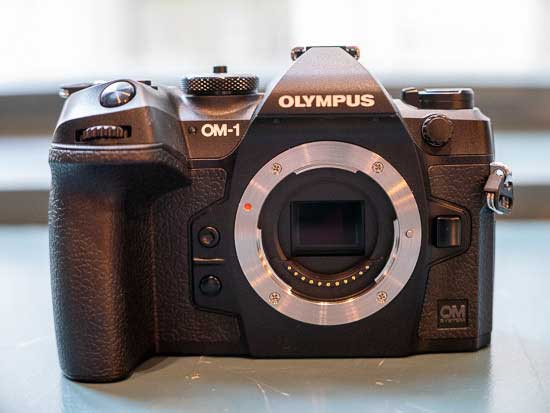
Live Graduated ND Filter
The new OM-1 Mark II offers the world’s first ever Live GND (Graduated ND) photography function.
It harnesses computational photography to replicate the effects of a half ND filter, allowing users to adjust filter steps (GND2, GND4, or GND8) and types (Soft, Medium, or Hard) in real-time through the EVF or rear LCD.
The OM-1 Mark II enhances the upper limit for step numbers in the popular Live ND shooting to ND128, allowing the camera to handle scenarios requiring larger step numbers.
ISO Range
The native ISO range of both the new OM-1 Mark II and the OM-1 is 200 to 102,400, which can be expanded down to ISO 80.
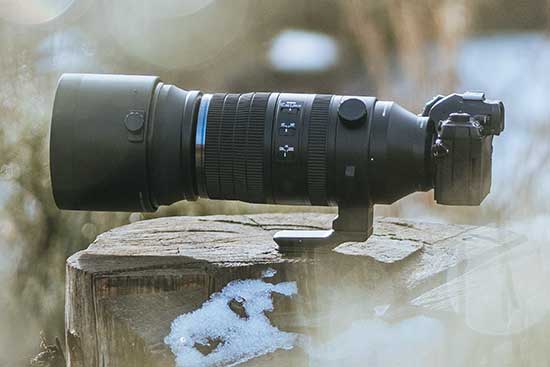
Video
Both models can record video at C4K/60p quality, whilst Full HD goes up to 240fps.
They support H.265 (10bit) as well as the H.264 (8bit) standard, as well as RAW data output up to 12 bit 4:4:4 to external devices and a HLG (Hybrid Log Gamma) mode.
There are a couple of new video features on the OM-1 Mark II. It now offers compatibility with UVC (USB Video Class) / UAC (USB Audio Class), allowing seamless connection to a PC for use as a webcam. There’s also support for convenient vertical video capture, ideal for social media platforms and similar applications.
Autofocus
Both OM-1 models feature the most advanced version of autofocusing that the company has ever produced, with a whopping 1053 cross-type AF points covering 100% of the frame, capable of working down to -8EV low light at F1.2.
The AI Detection AF, developed using deep learning technologies, recognizes a wide spectrum of subjects, including birds, animals, cars and more, now includes humans on the OM-1 II, enhancing autofocusing for exceptional clarity, even under the most challenging conditions.
It offers the capability to detect and track up to eight subjects, granting users the flexibility to select their preferred target for creating compelling images.
Enhancements have been made to usability, allowing for easy configuration of subject detection settings within the Super Control Panel.
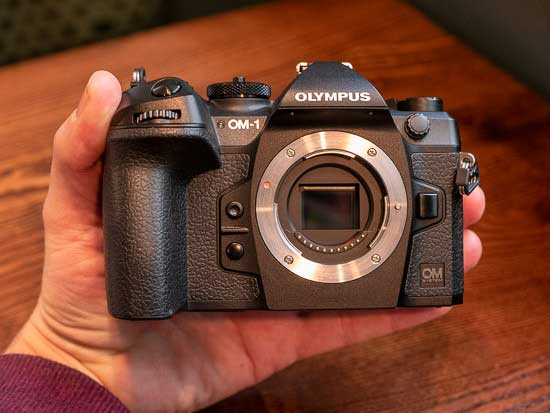
Size and Weight
Both models are the same size and weight, measuring 134.8mm(W) x 91.6mm(H) x 72.7mm(D) versus 134.1 x 90.9 x 68.9mm and weighing 599g with a battery and memory card fitted or 511g for the body only.
Body Design
The newer model features enhanced right-hand menu usability by assigning the trash barrel button as a menu shortcut, particularly beneficial when using a telephoto lens.
It also offers improved finger grip on dial surfaces utilizing elastomer processes.

Weather Resistance
Olympus cameras have also been well known for their high levels of weather-proofing, and these two camera take things to the next level.
They up the ante to the more stringent IP53 rating, which means that it is protected against spraying water when tilted up to a 60-degree angle.
IBIS
Olympus cameras have always boasted a pretty incredible stabilisation system, and that’s equally true of the new O-M1 Mark II.
The older model features a 5-axis in-body image stabilisation (IBIS) that provides up to 8-stops of IS when using the camera with certain compatible lenses.
The new OM1 II has an improved IBIS system – its 5-axis In-Body Image Stabilizer offer industry-leading performance worth up to 8.5-stops of compensation with the body alone.
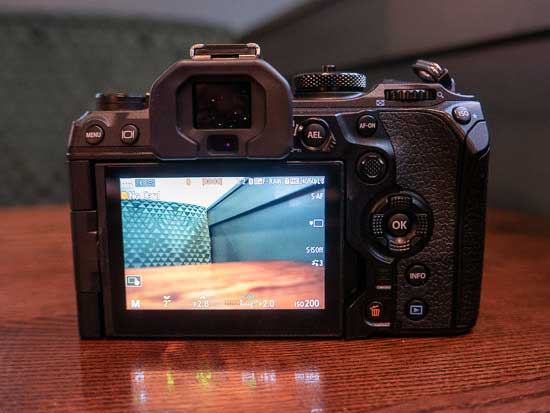
Viewfinder
Both cameras use the same 5.76 million dot organic EL (OLED) viewfinder, offering high resolution and an easy-to-see viewfinder magnification of 0.83x, a minimal display delay of 0.005 seconds, and a high-speed display performance of 120fps.
Additionally, the EVF features an anti-fogging coating that prevents fog formation, ensuring a clear field of view, even when shooting in rainy conditions.
LCD Screen
Both models offer the same 3-inch, 1.620K dot, 270-degree vari-angle touch screen, which provides greater flexibility of shooting angles than a fixed screen thanks to its ability to tilt and rotate into a range of different positions.

Memory Cards
Both cameras have dual SD card slots, which in turn are both UHS-II compatible.
Battery Life
Both models provide up to 520 still images or 160 minutes of video from their BLX-1 Li-on rechargeable battery.
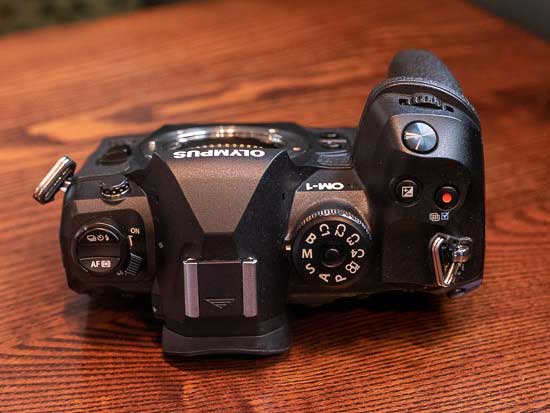
Price
When it was launched in 2022, the price of the OM System OM-1 body-only was £1999 in the UK and $2199 in the US.
Fast forward to 2024, and the new Mark II version has a higher suggested retail price of £2199 in the UK and €2399 in Europe.
Conclusion
It’s clear that the new Mark II OM-1 is very modest upgrade of the original model from 2022, principally offering Live Graduated ND shooting, a larger buffer, seamless webcam and vertical video support, and slightly more effective stabilisation.
So would you choose the new OM-1 Mark II over the outgoing OM-1 model, and why? Leave a comment below!
Your Comments
Credit : Source Post





